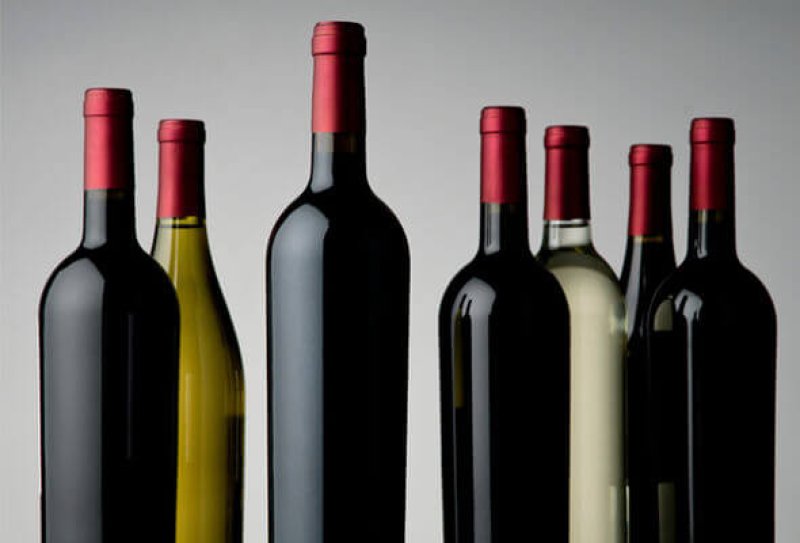Scarcely a day goes by without some scary story about glyphosate, the world’s most widely used herbicide.
…
Because of its extensive use, and the possibility of spray being spread by the wind, it is no great surprise that trace residues can be found in the environment. A recent study made headlines when residues were detected in all California wines tested. The appropriate scientific question to ask is whether these residues present any risk.
…
[A] 70 kg person can take in 35 mg glyphosate a day without the chemical causing any problem. In the wines tested, the maximum amount detected was 18 ppb, or 0.018 mg per Liter. This means that to approach the ADI someone would have to consume 35/0.018 or 1944 Liters! Furthermore, the 18 ppb was found in only one sample, all the others had at least 28 times less glyphosate.…
Even if it were off by a factor of a thousand, which is most unlikely, it would still mean that one could consume 1.9 Liters of that single sample of wine with the 18 ppb residue every day without a worry. And let’s keep in mind that alcohol is a known carcinogen, so it is actually of greater concern than the trace residues of glyphosate in wine.
Read full, original post: Should we worry about glyphosate residues in wine?































